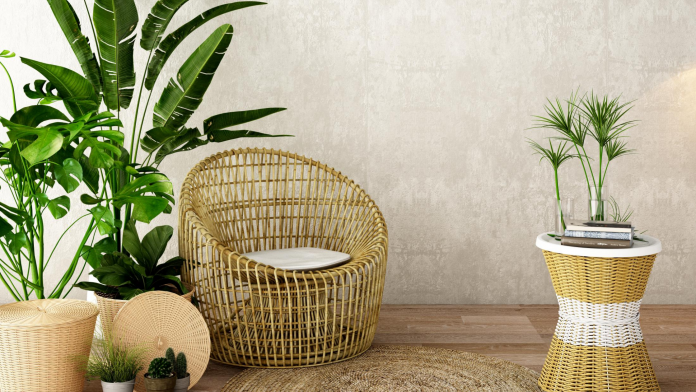Especially as we’ve had to stay home more often than most of us are used to, we’ve had to become more familiar with every aspect of our homes. We’ve come to get to know all of the parts we really like about our homes, and some of the stuff we’re not too fond of, also.
Whether it’s related to either of these two things or not, this extra time at home has also given us the chance to contemplate the vegetation in our homes, or the lack thereof. Quarantine and the extended social distancing have given us time to think about and want to start caring for our own low-maintenance houseplants if we don’t already—but not all houseplants are made equally.
There are plants that are quite challenging to take care of. Luckily for us, there are also plants that are pretty stress-free and happy to take up a nice little spot in your house. Here are 5 low-maintenance houseplants we think everyone should know about.
Fiddle Leaf Figs
The Fiddle Leaf Fig has held its place among trendy houseplants for quite some time now, and it doesn’t seem like it’s going to fall out of style anytime soon. This beautiful big-leafed plant is native to Cameroon, and while it isn’t entirely hassle-free, a little bit of attention to detail will make tending to this plant a breeze.
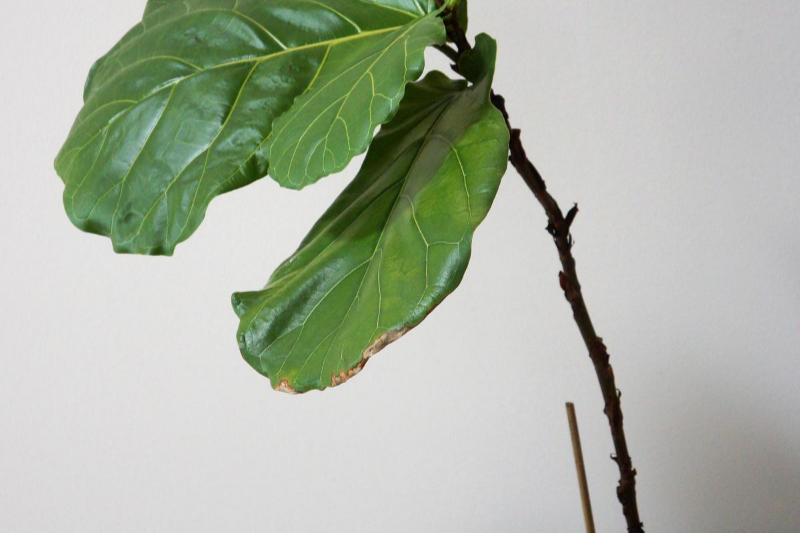
Patience is the name of the game. Water the plant whenever the soil goes dry, somewhere between every 5-10 days. Keep in mind that it needs a lot of sunlight and doesn’t like temperature swings or air drafts. If the leaves start to drop, one of these is probably the culprit. Caring well for your plant will bring those leaves back up, but it’s going to take a little bit. Patience.
Snake Plant
Also known as Mother-in-law’s tongue due to its long, pointy leaves, Snake Plant is native to Tropical West Africa and is practically indestructible. If we’re talking about easy to handle houseplants, it’d be hard to not mention this one.
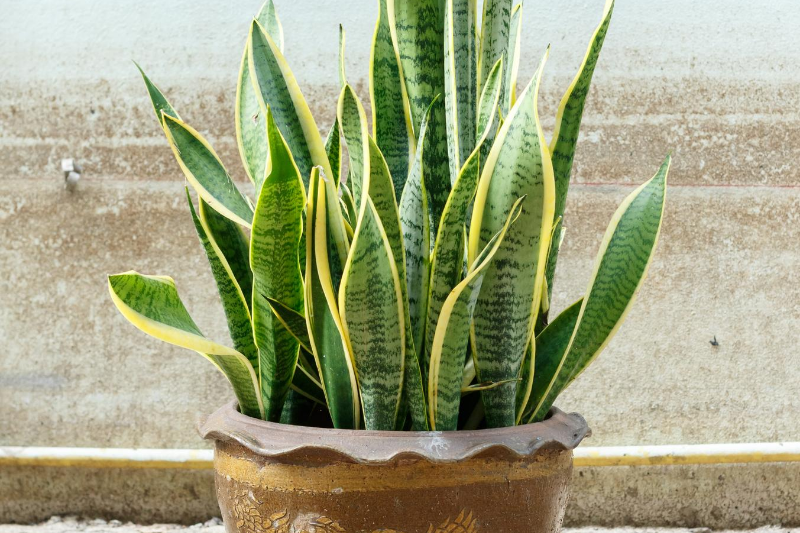
Perfect lighting conditions are indirect light, with some direct sun. That being said, this plant will adapt to very bright environments and will survive very dim lighting. It also doesn’t get very thirsty—water it once the soil gets dry to the touch. During the winter, this might be every month or so. Watering too often can kill this plant.
Jade Plant
Another super popular indoor plant, this succulent’s oval-shaped leaves are attractive and easy to spot. They’ve even been thought to bring good luck, which has made them a popular housewarming gift in the past.
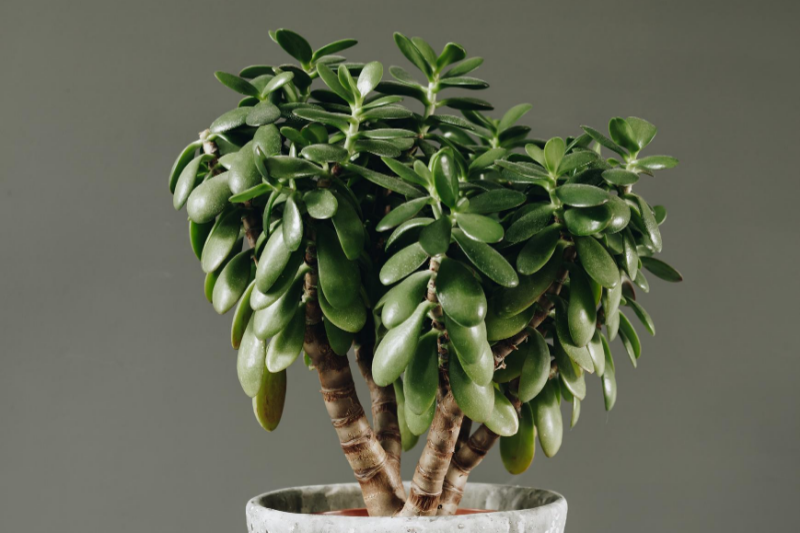
Jade plants enjoy full sun, some 4+ hours of sunlight each day. Water often to keep the soil damp, but not wet. During the winter, this might mean only once per month.
Christmas Cactus
It might not be our first thought when it comes to Christmas plants, but this cactus is a low-hassle and colorful addition to any household. Getting a Christmas cactus to bloom for the holidays is quite simple, and it’ll make for a very well-welcomed decoration.
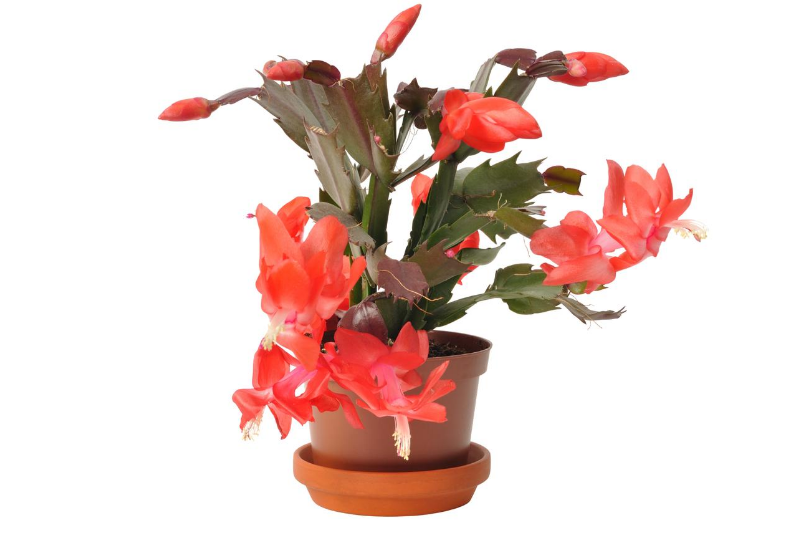
Actually native to tropical rainforests and not dry deserts, this plant does need regular watering. Water once the soil has dried out, but water thoroughly, allowing excess to drain out through drainage holes. These cacti stand up perfectly fine to any kind of lighting but prefer diffused light.
Pothos
Are you particularly scared of forgetting to care for your plant, enough so that all of the plants on this list still seem daunting? Pothos might be the plant for you. It’s often considered one of the easiest houseplants to grow, and its beautiful trailing leaves make hassle-free look amazing.
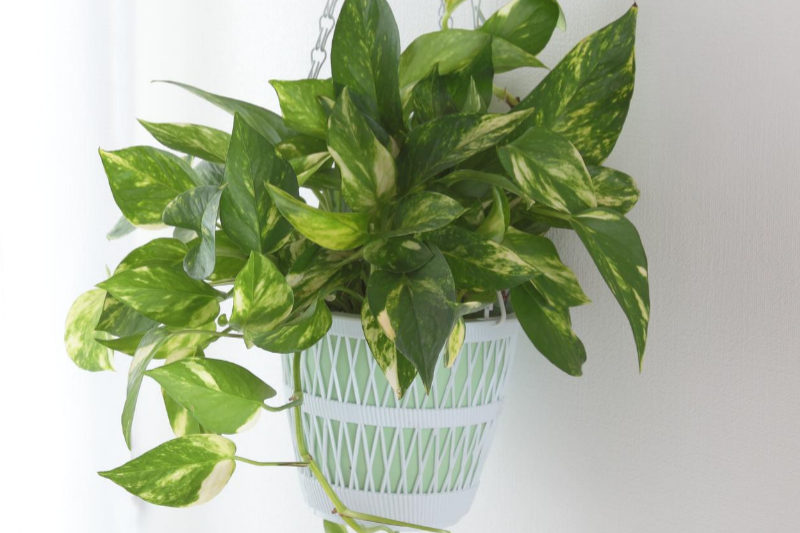
Tending to pothos indoors, this plant prefers bright light, but only indirectly. Water when the plant asks you too—yes, really. When the plant starts to droop, it’s time for a drink. The key is to wait for the leaves to droop, not shrivel.
Other Related Articles:
